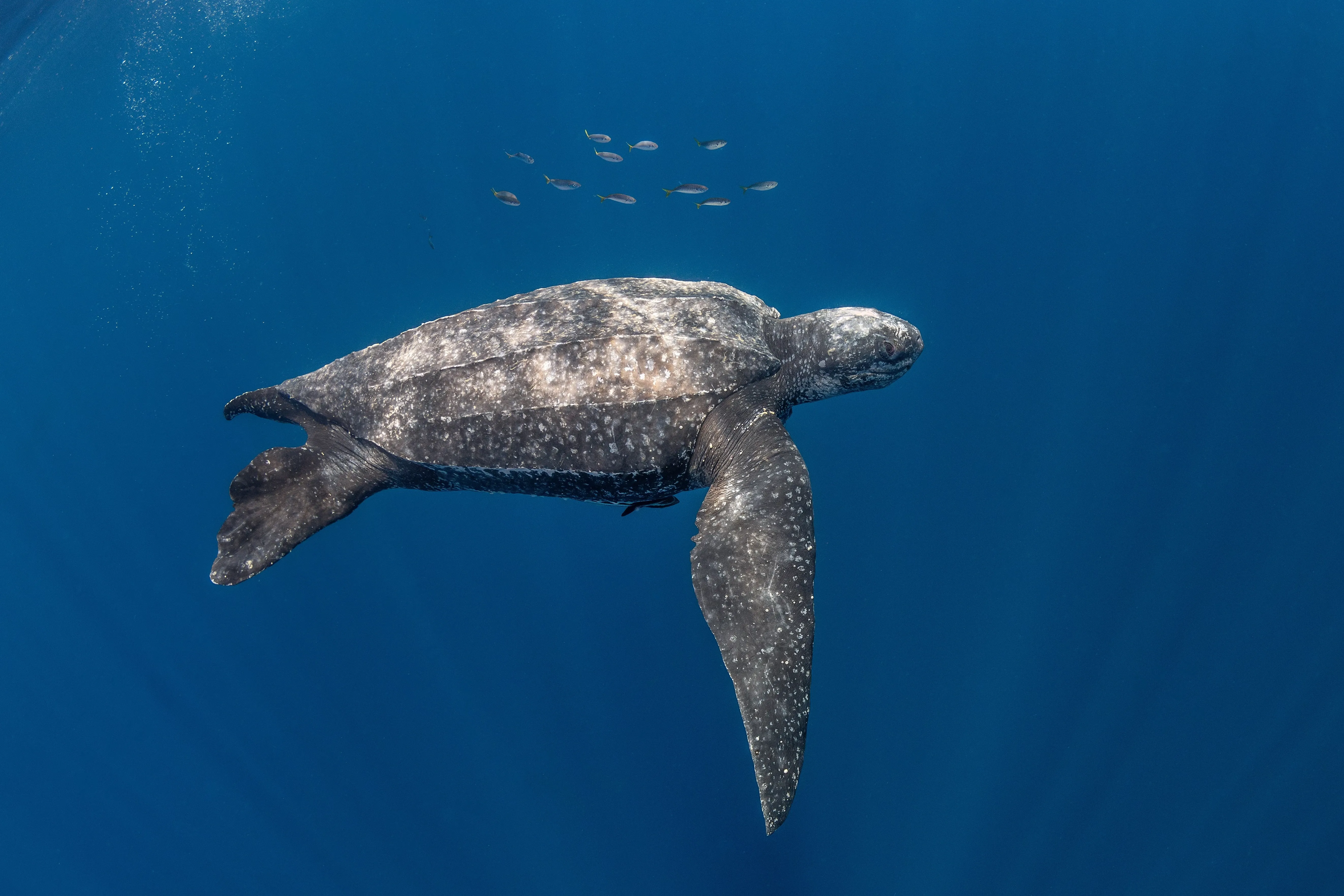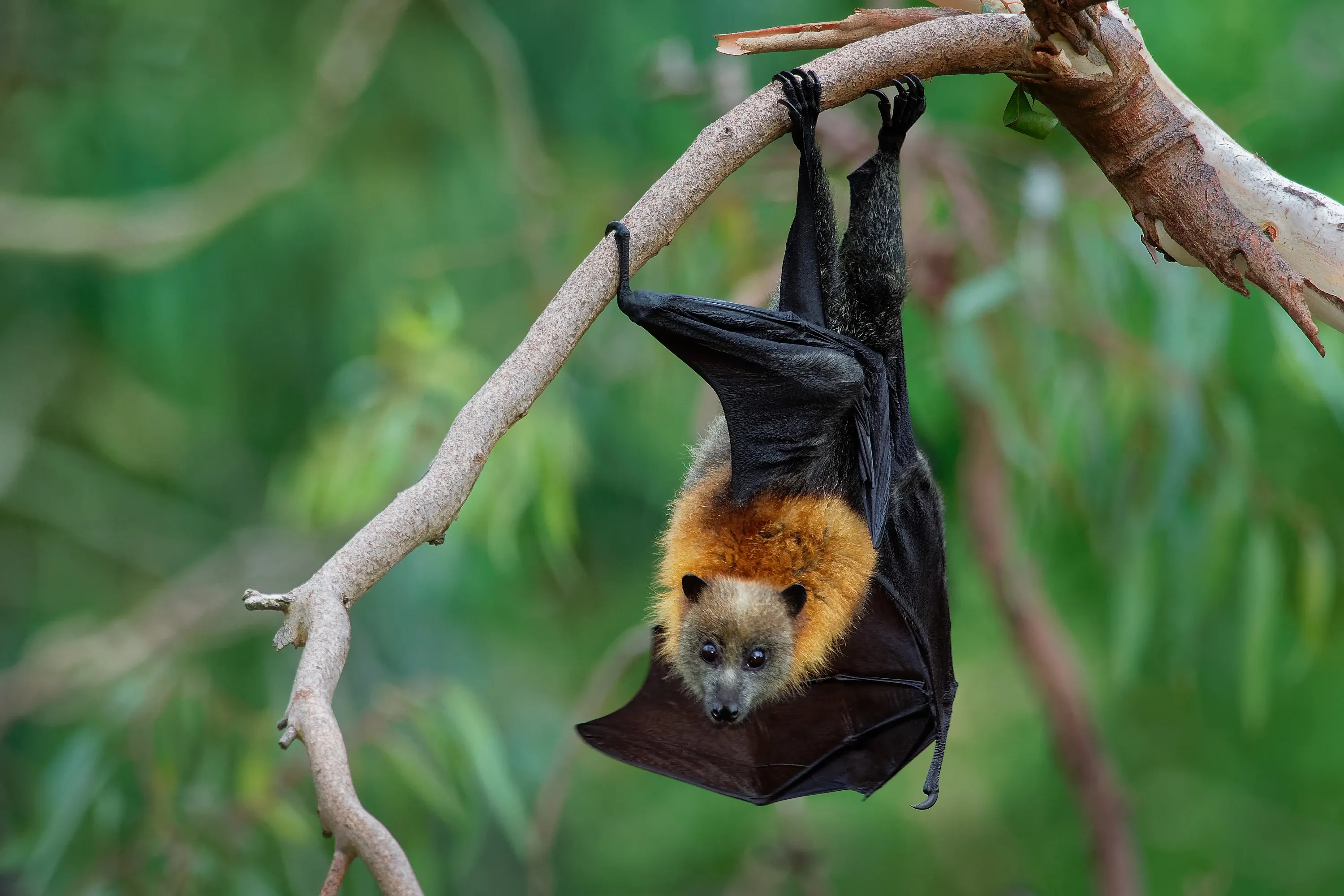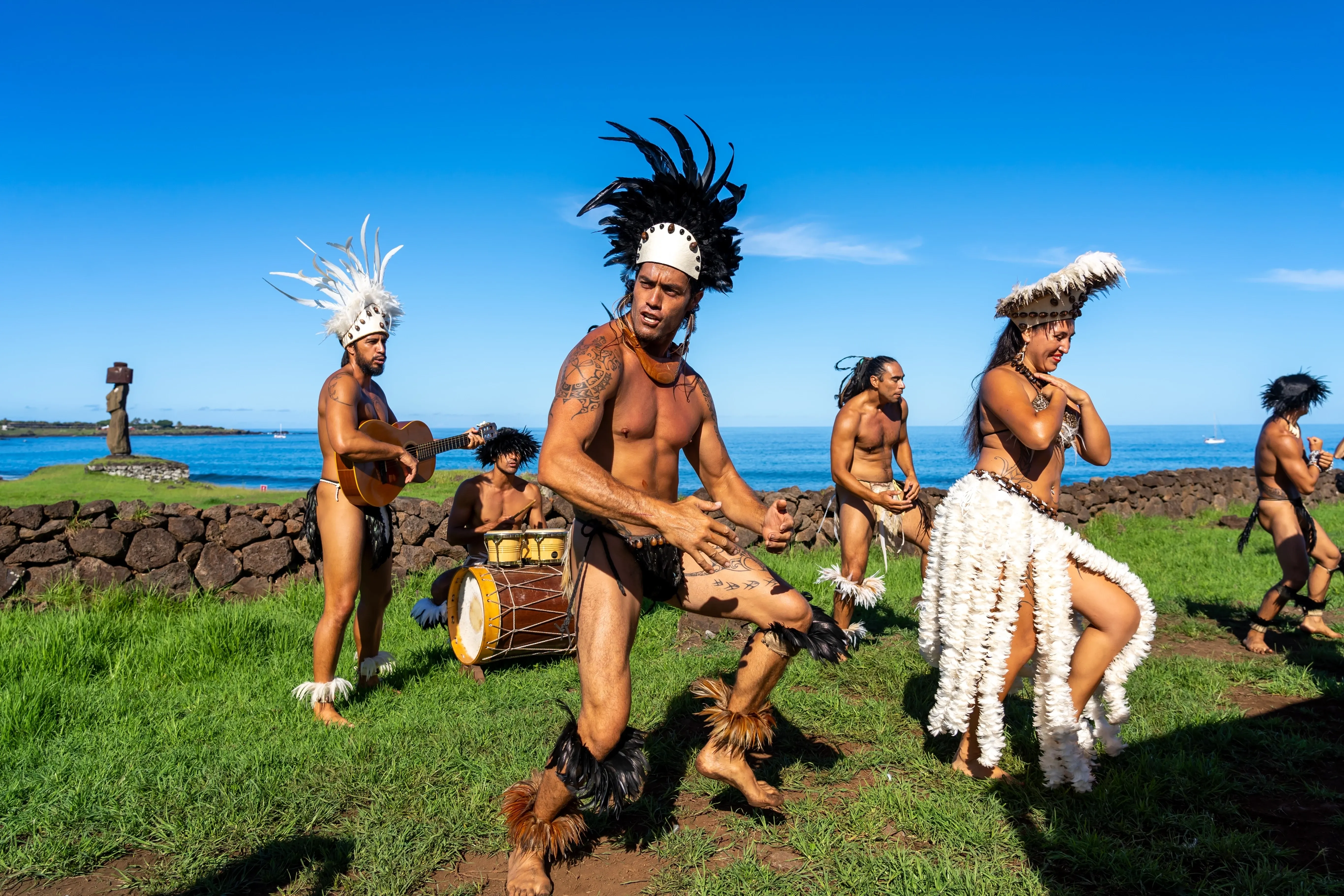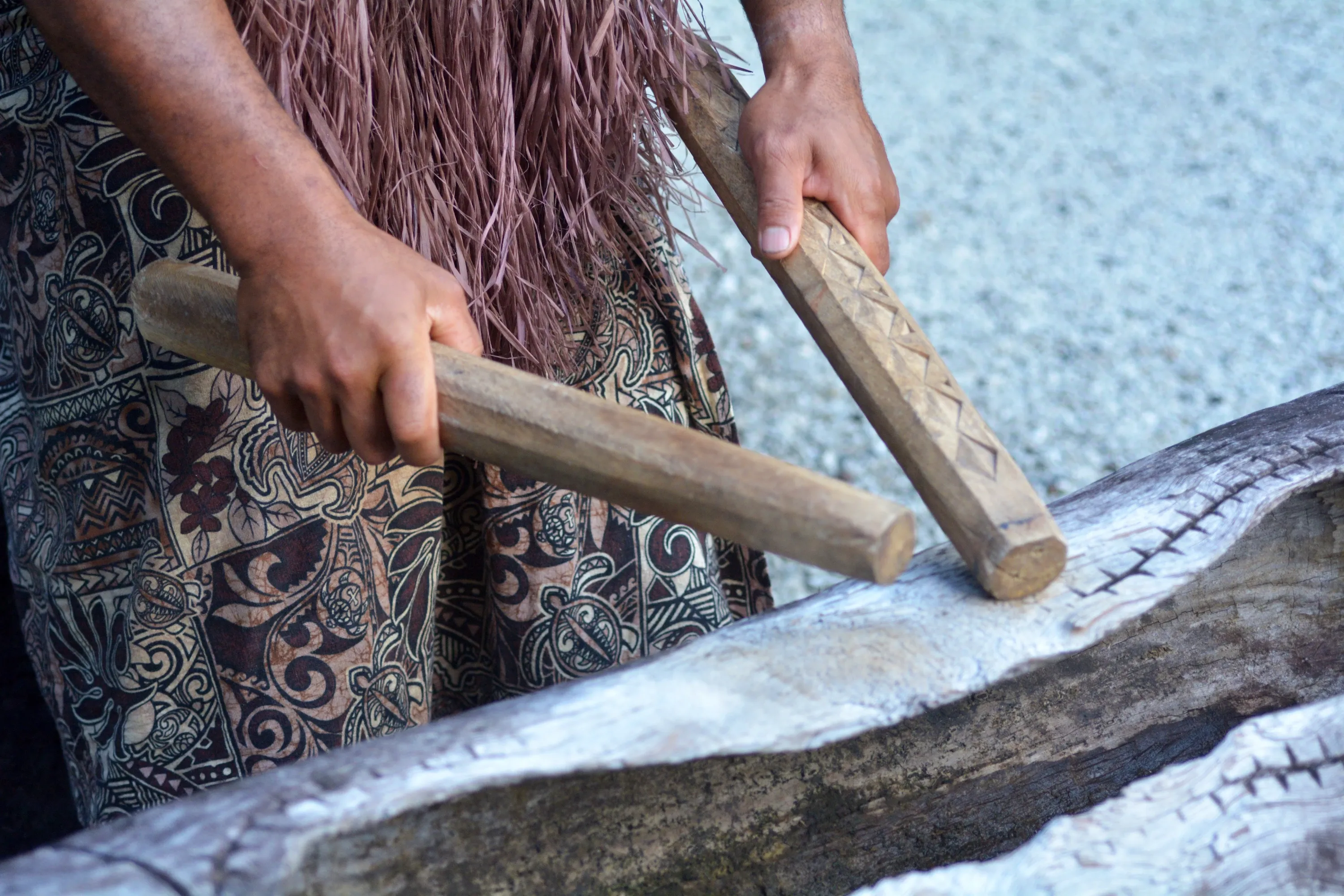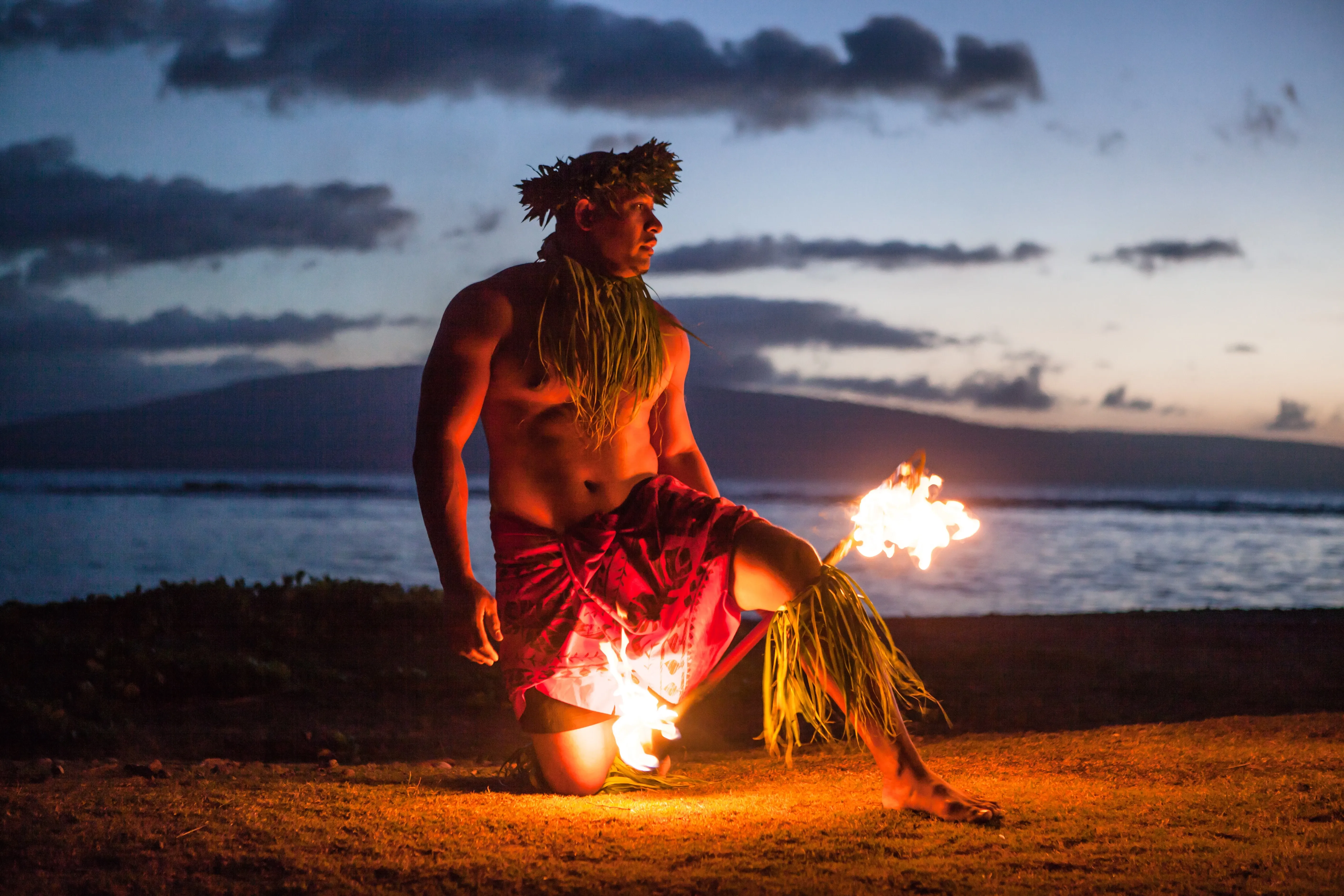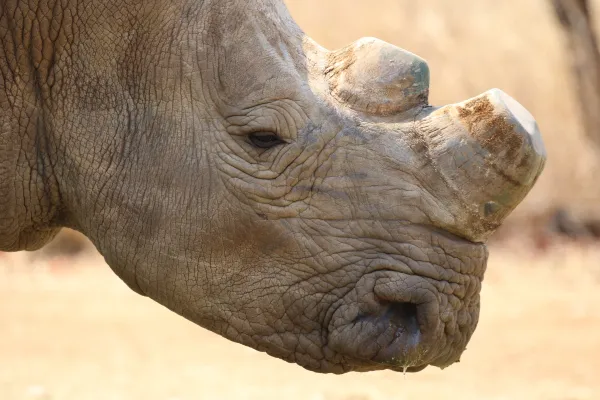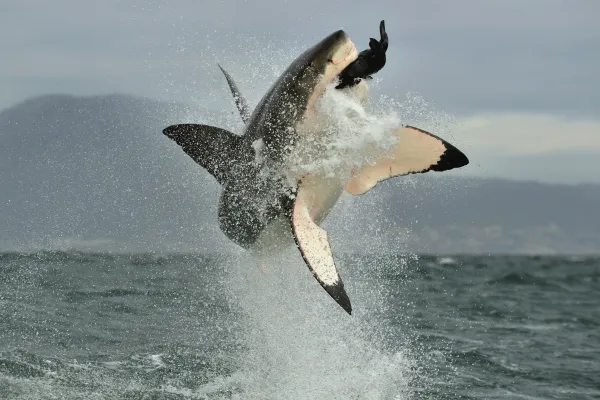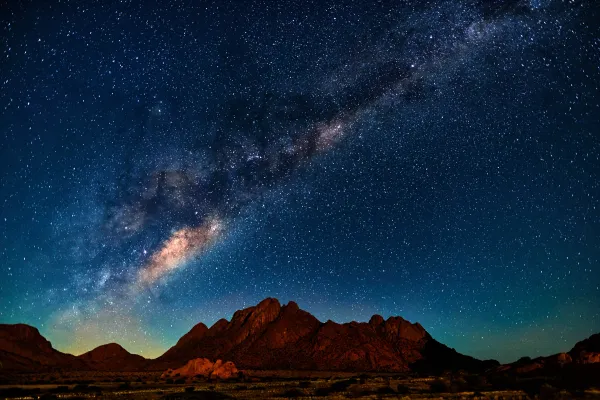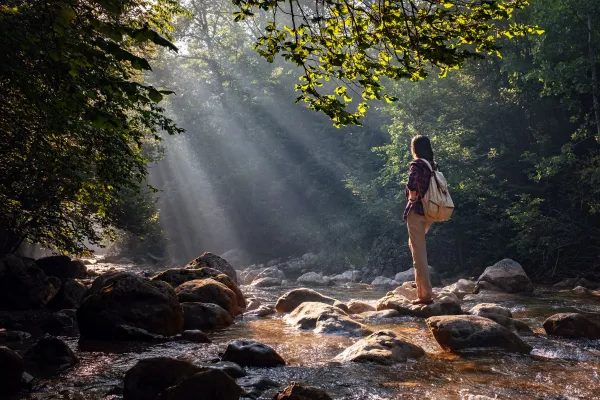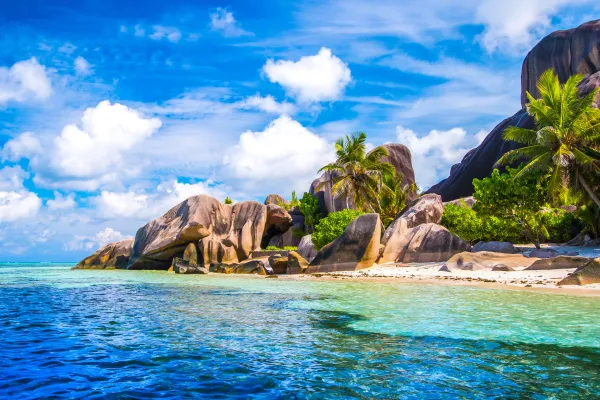Polynesia - A true island paradise
From mysterious Easter Island to Tahiti's dazzling coral reefs, Polynesia is a mesmerising travel destination. To say the region is picturesque is an understatement – its beauty is surreal. Polynesia comprises more than 1000 islands scattered across the east-central Pacific Ocean. Approximately 10 million live in this remote area.
Hawaii, New Zealand, and Easter Island make up the northern, southern, and eastern points of the so-called 'Polynesian Triangle'. Colonial influences have played a massive part in shaping the region's sociopolitical environment. Upon discovering its natural resources and scenic riches, foreign powers were quick to invade. Polynesia's enclaves may remain divided between several nations. However, the region's people are bound by a common islander culture that celebrates life and nature.
»The Polynesian people have been isolated from the rest of the world for thousands of years, and yet they have retained an extraordinary cultural and spiritual connection to the ocean and their ancestral roots«
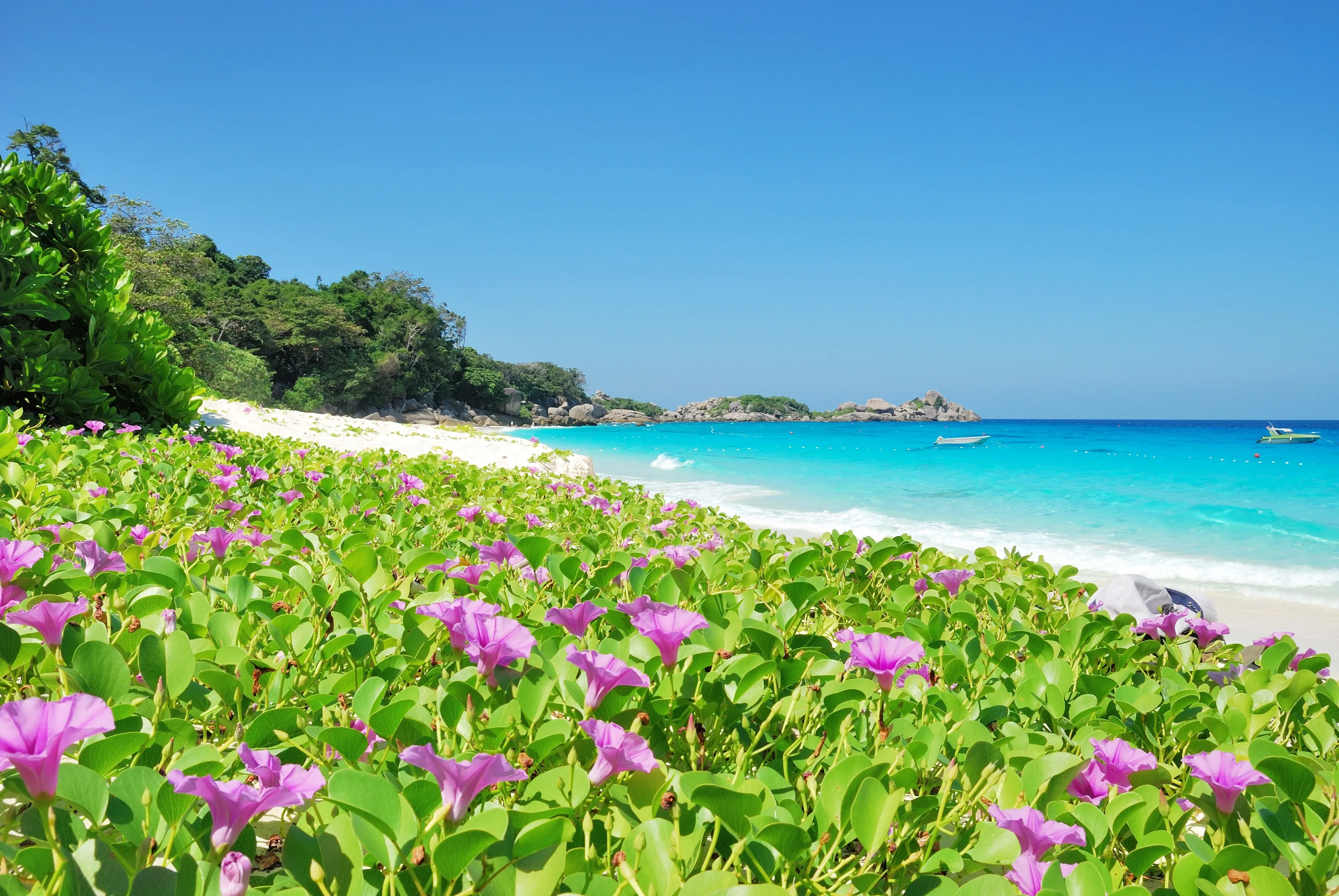
Polynesia nature and wildlife
Polynesia is a natural wonderland featuring a diversity of landscapes and ecosystems. Jagged volcanic peaks rising high into the sky, draped with lush tropical foliage, characterise islands like Tahiti and Hawaii. Conversely, the Tuamotus are pancake-flat atolls surrounded by tranquil turquoise lagoons teeming with sharks and other sea life. New Zealand, the southernmost point of Polynesia, is the coldest and most rugged of the islands.
Beautiful flora
Most of Polynesia's presently existing botanical species were brought to the region by humans or the natural elements from Southeast Asia. These exotic flowers and trees flourished in the tropical climate that defines much of the central Polynesian area. Today, these islands are redolent with the heady scents of frangipani, jasmine, and the tiare plant. This tropical flower has a creamy, lemony fragrance and is one of the region's few endemic species.
Fascinating fauna
Polynesia's terrestrial animal species are surprisingly limited for a tropical destination, primarily because of its isolated position. Much of the resident fauna arrived from afar like the region's vegetation. There are few reptiles other than geckos and lizards, and most islands have very few land snakes, if any.
However, the animals that exist there thrive in the warm climate. Endemic animal species include the 'flying fox' - a fruit bat species - and the highly endangered Tahitian blue lory, only found on the most isolated islands. Seabirds occur in great numbers to feast on the magnificent bounty the Polynesian seas nurture. Commonly sighted species include herons, terns, petrels, and black and blue noddies.
It is impossible to deny the allure of the Polynesian islands' dramatic peaks, low-lying atolls, and lush scenery. However, the ocean’s offerings are even more spectacular. The temperate Pacific bays are like massive natural aquariums, teeming with diverse marine life. Iridescent black pearls nestle within oysters; while dolphins race through the waves; rainbow-hued fish dart through the waters, and myriad corals form exquisite underwater gardens.
Between June and October, endangered humpback whales cruise the shorelines while sea turtles come to nest in the white sands from November to February. Green, hawksbill, and leatherback turtles inhabit the region, but like the humpback whale all three are at risk of extinction. Nevertheless, for now this idyllic area is still their part-time home. And despite environmental challenges such as pollution and climate change, Polynesia's seas are still jaw-dropping natural wonderlands.
Polynesian culture
In 1765, naval officer and explorer John Byron – Lord George Gordon Byron's brother – discovered two idyllic islands in a far-flung section of the Pacific Ocean that is now recognised as part of Polynesia. He and his crew attempted to land at both; however, they were deterred by aggressive locals. According to Byron's diary, they brandished long spears and made 'threatening gestures' at the foreigners. As a result, Byron named the twin islets the 'Disappointment Islands'.
This is ironic because Polynesians are exceptionally warm and welcoming to travellers today. For instance, they commonly present visitors with coconut and floral garlands known as leis or heis in Hawaii and other parts of Polynesia. Other frequently encountered cultural experiences are fire-throwing rituals and traditional kava ceremonies, in which the juice of this local plant is proffered in wooden bowls. At the core of Polynesians' common belief system is 'mana'. Loosely translated, this means 'life force'. However, it is a complex and intricate concept that people from other cultures may never fully understand.
Conservationist and local Tahalo Kami explains that Polynesians identify as ocean people and 'the original explorers'. 'We had to find our way through these spaces before all the technology, and we see ourselves in some cases the last of the indigenous island people on the planet,' he explains. All things considered, it is not surprising Kami feels this way. How the first Polynesians came to these Pacific islands is not entirely clear.
However, the most popular theory is that they travelled across the ocean on double-hulled canoes from South East Asia 2000 to 3000 years ago to reach their new homeland. In 1973, a Hawaiian research team began recreating what they believed to be the original Polynesian vessel. Three years later, they completed an epic open-water journey between Hawaii and Tahiti on this outrigger kayak, which they christened the Hokule'a, meaning ‘Star of Gladness’.
»Polynesia is a place of true paradise, where the heart of the Pacific pulses with the rhythm of ancient culture and the beauty of untouched nature.«
Nature and travel highlights
As Polynesia is a true paradise for travellers and nature lovers, we have put together four top destinations for you to get inspired:
1. Tahiti and Moorea
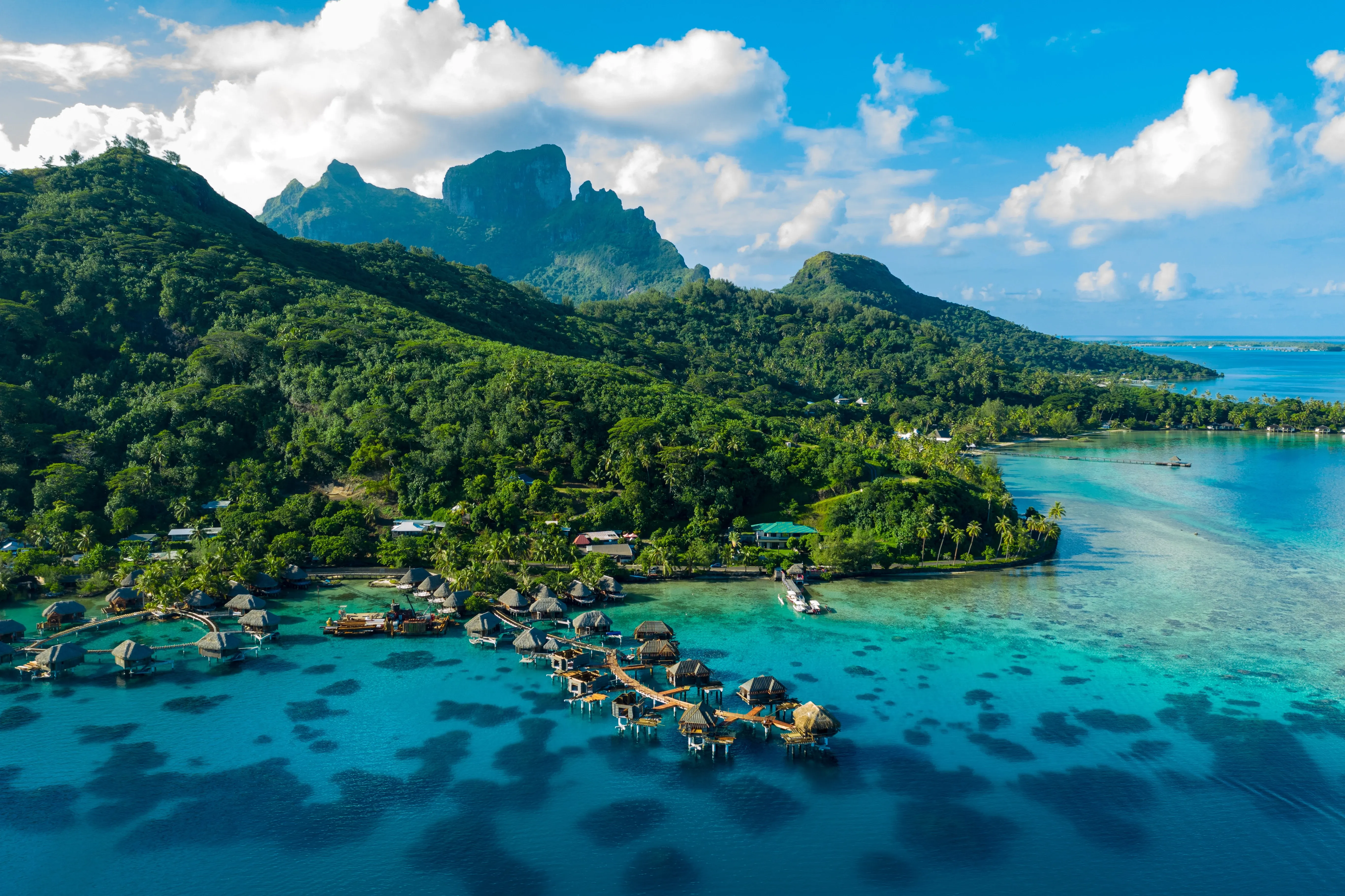
It is no wonder that Post-Impressionist artist Paul Gauguin became entranced by Tahiti after he landed on its exotic shores in 1891. The island's soaring emerald peaks, hidden waterfalls, exceptional marine environment, and unique culture are intoxicating. However, Tahiti's lesser-known neighbour, Moorea, is arguably even more enchanting. Here, travellers will find the same jungle-swathed mountains, azure seas, and idyllic beaches with fewer crowds and a more laid-back atmosphere. Both these destinations offer outstanding surfing; their glassy breakers and perfect pipe barrels draw wave riders from all over the world.
2. The Tuamotus
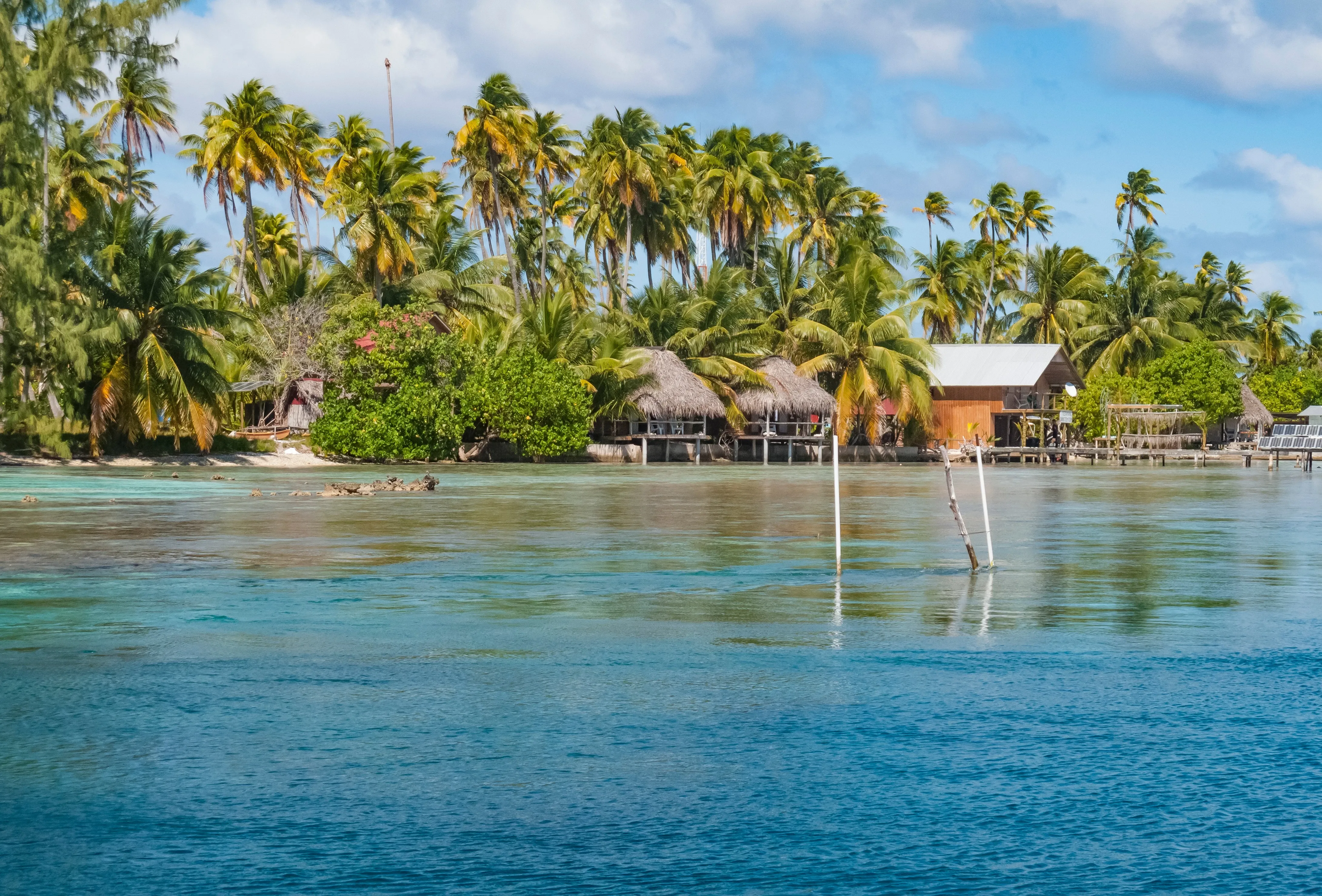
Located roughly 400 kilometres From Tahiti, the Tuamotu archipelago is one of Polynesia's oldest island groups. Formed by volcanic eruptions aeons ago, its atolls have since sunk bank into the ocean over time. Consequently, most rise barely above the water today. This area offers some of the most spectacular diving in the entire Polynesian region.
For example, Fakarava, the Tuamotus' original capital and the epicentre of the region's black pearl industry, is a magnet for shark fanatics. Its translucent lagoons are home to myriad shark species, including hammerheads, tigers, tawny nurse sharks, and gray and blacktip reef sharks. Furthermore, Fakarava is also home to a profusion of bird and botanical life, as well as idyllic white-sand beaches and secluded coves.
3. Easter Island
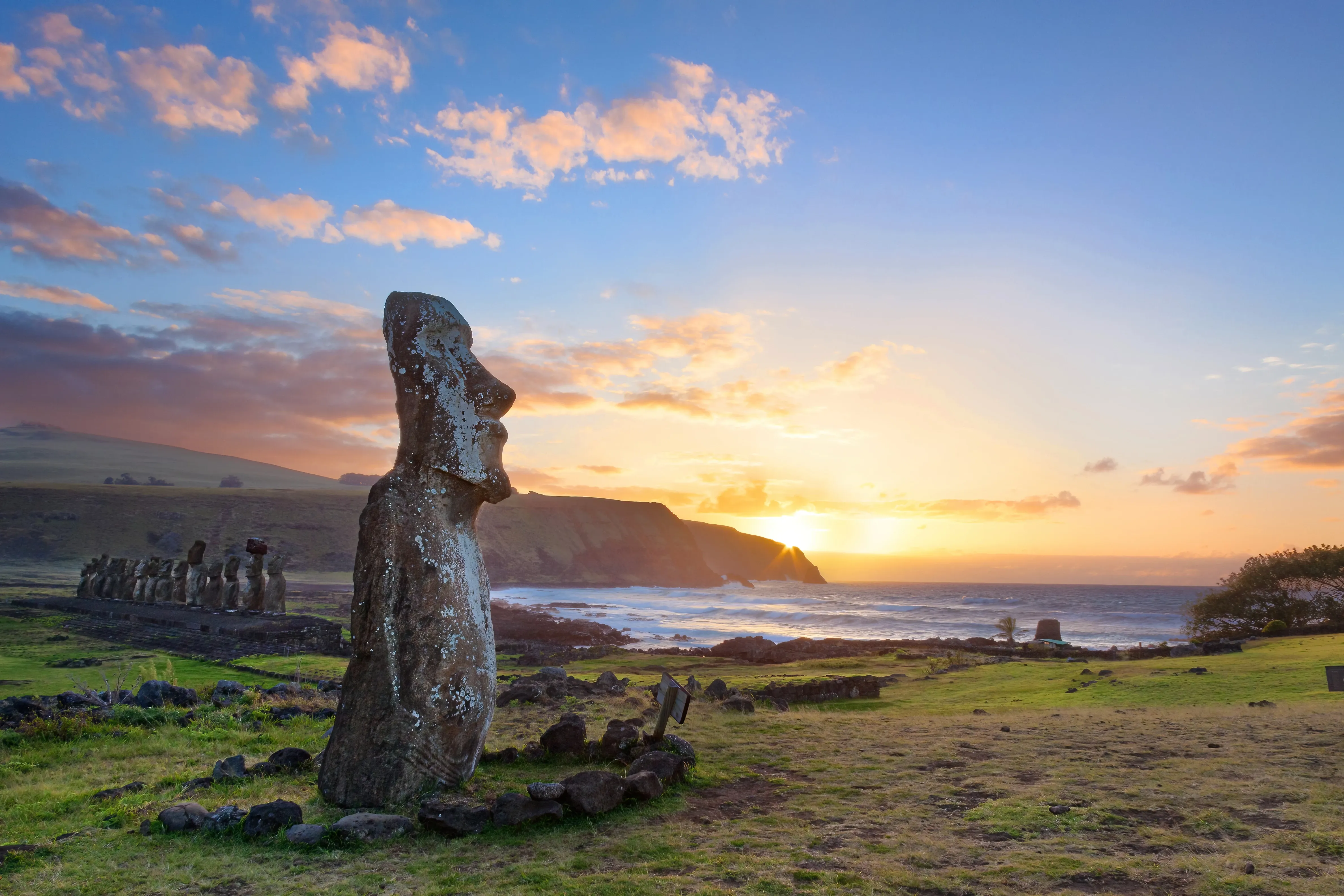
Easter Island is famous for its mysterious moai, enormous human figures carved from stone. Almost 1000 of these enigmatic statues are scattered across the island's coastline and interior. Researchers believe they date back to between 1250 and 1500 AD. However, it is unclear how these ancient people found the means to excavate, transport, or erect the enormous chunks of rock necessary to construct them. Nevertheless, dozens of theories exist to explain their purpose and meaning.
The most popular hypothesis is that the island's early inhabitants created them as clan totems to pay homage to their ancestors. Besides its captivating archaeological legacy, the island also has a rugged and spellbinding beauty. Its unique volcanic topography features steep coastal cliffs and gorges, rocky bays, and grassy meadows where wild horses run free. Furthermore, ancient lava flows and volcanic lakes remain a testament to the island's fiery origins.
4. The Marquesas
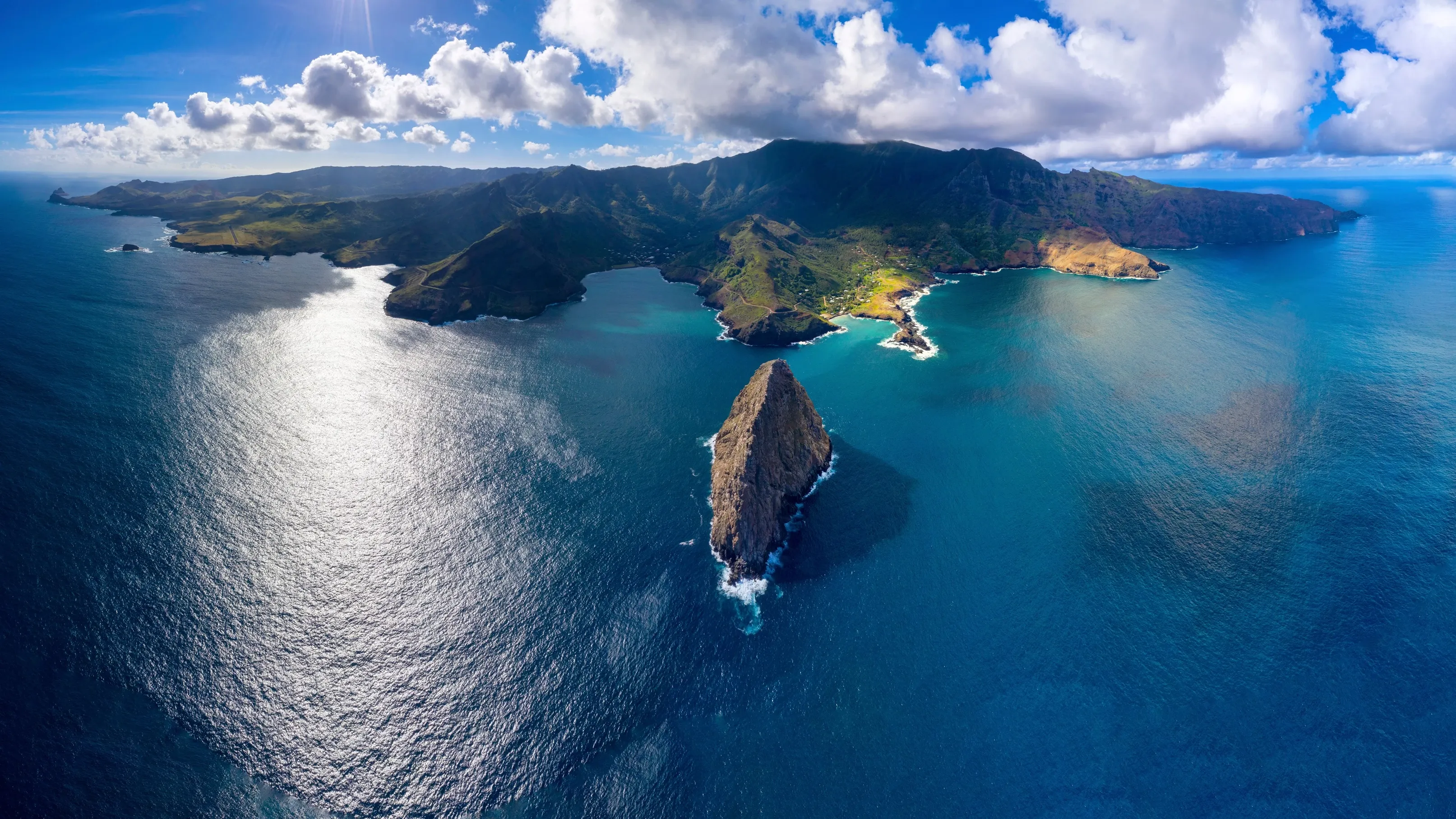
To experience Polynesian culture at its most vibrant and authentic, visitors should head to the far-flung Marquesas. Despite centuries-long Christian and colonial influences, the people of these remote islands clung valiantly to their age-old traditions. Consequently, it remains one of Polynesia's unofficial cultural capitals, where visitors can experience ancient rituals that have long disappeared from other parts of the region.
Sign up for the newsletter
By clicking on “Subscribe now” I will subscribe to the Conscious Explorer newsletter with all the information about mindful travel. Information on the success measurement included in the consent, the use of the shipping service provider MailChimp, logging of the registration and your rights of revocation can be found in our privacy policy.

